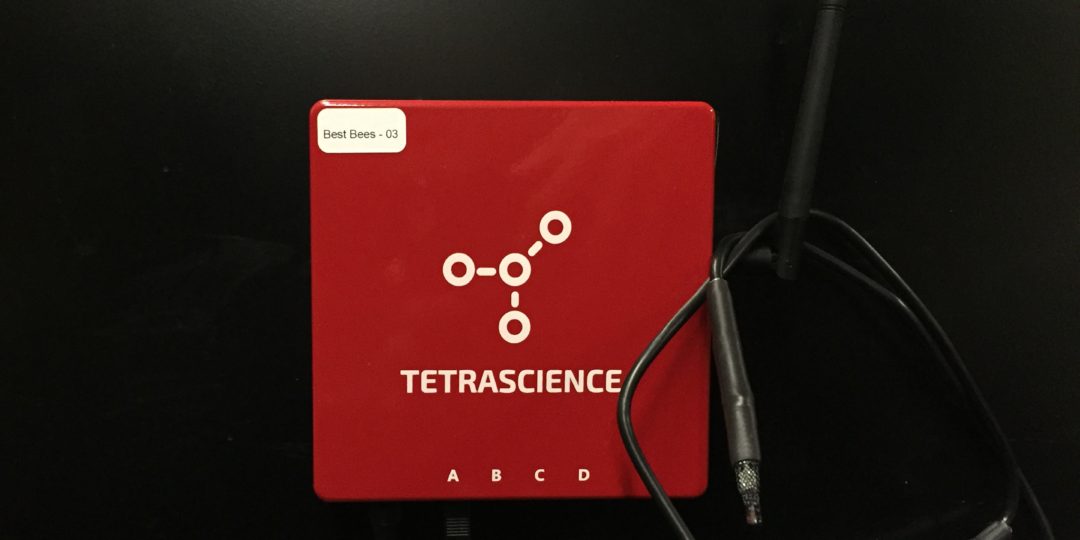Monitoring Honeybees with SmartHive Tech
by Benjamin Ruzzo

For many of us, computers play an important role in everyday life. From news, to entertainment, to our jobs, computers make many things easier. We’re hoping to include beekeeping on this list of computer-aided tasks. As in fields such as agriculture, forestry, and medicine, monitoring beehives with shared control techniques has a tremendous positive impact.
Shared control methods allow an operator to remotely monitor computer and computational equipment. What this means is that no one needs to be on site, which allows for around the clock data collection. This sort of technique is especially useful in greenhouse monitoring and livestock management, and is now being incorporated into beehives.
One example of such use is detailed in a 2011 conference paper entitled “Temperature sensor network for prediction of possible start of brood rearing by indoor wintered honey bees.” Researchers explored how monitoring the temperature of hives in wintering buildings can help increase the likelihood of survival. Special wintering buildings allowed for remote monitoring and control of the microclimate environment via shared and adaptive control methods.
Hives were placed in climate controlled wintering buildings in order to save the bees’ resources, especially pollen and honey. There is, however, a downside to this technique. If the temperature of the hive becomes too hot, the bees are tricked into thinking the season has changed. This triggers brood rearing, which means consumption of honey and other nutrients in the hive, due to an increase in population. This is problematic because the colony may starve and die off without gathering more resources. Around the clock monitoring of the internal hive temperature can help avoid this, and forewarn beekeepers of brood rearing. In the 2011 experiment, the temperature monitoring system was connected to a remotely accessible wireless server, allowing beekeepers to monitor any fluctuations in hive temperature and act quickly if needed.
Remote Monitoring With SmartHives
Around the clock monitoring of variables like temperature and humidity in a hive can provide valuable information to beekeepers and scientists. SmartHives, similar to the system in this experiment, make the use of temperature monitoring systems much simpler and more versatile. Unlike the wintering buildings, SmartHive systems allow for year-round monitoring. The data from SmartHive-equipped colonies is invaluable. Continuous remote monitoring across various environments will provide powerful insight into how colonies are affected by factors such as temperature and humidity.
In the United States, there are few published studies that involve SmartHives. Hopefully, as beekeepers and scientists continue to team up to implement SmartHives, more research will become available. There are a few different systems that are already commercially available, including one from our partner The Best Bees Company. This SmartHive system uses DC power and wifi to continuously monitor in-hive temperature and humidity, and can be setup for a variety of other metrics. The SmartHive is just one example of how beekeepers everywhere are revolutionizing the field.
Ben Ruzzo is a first year beekeeper with The Best Bees Company and an Environmental Science student at Northeastern University. Ben works in the field as a part-time beekeeper, and regularly contributes to research efforts and blog.